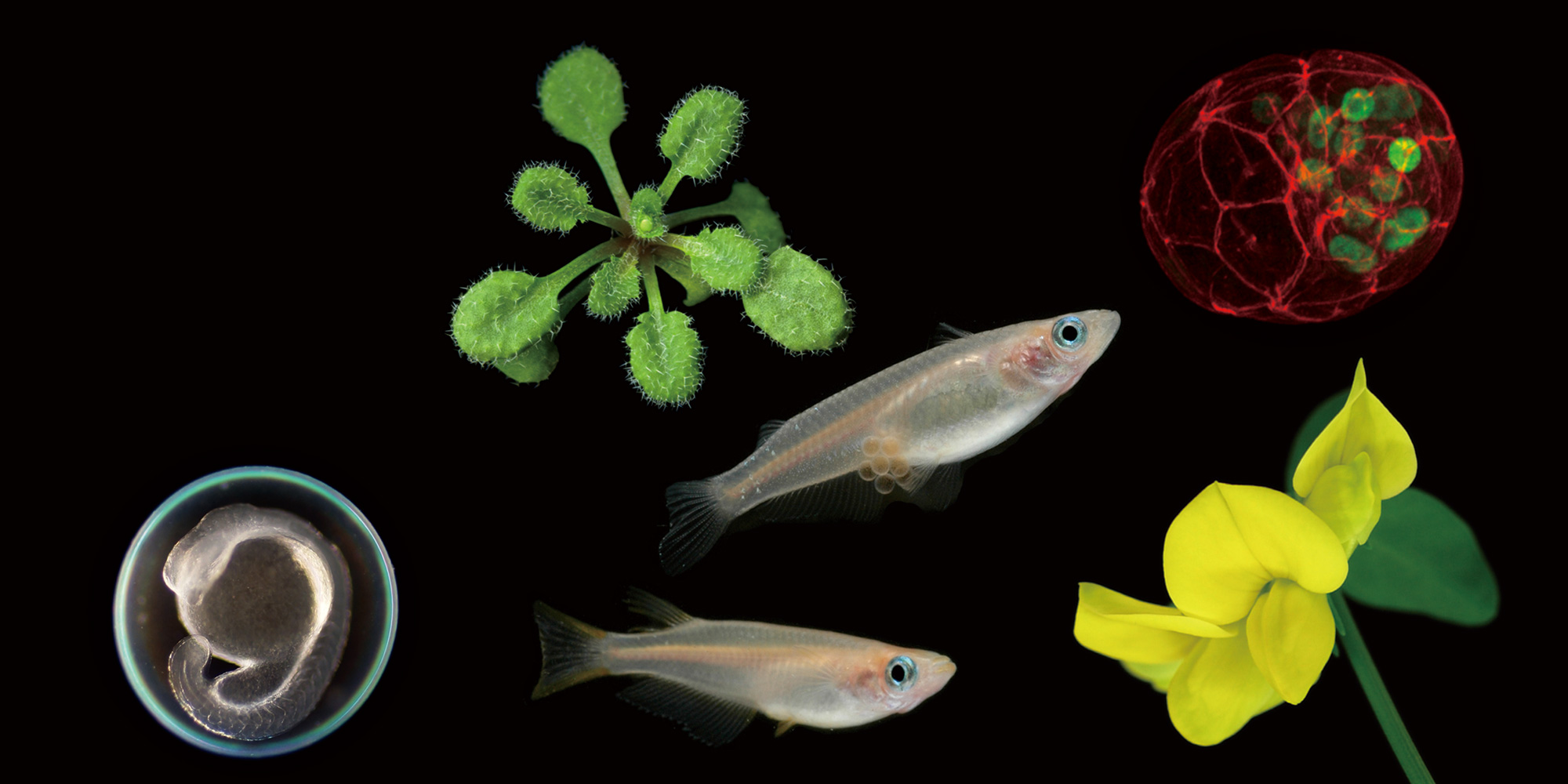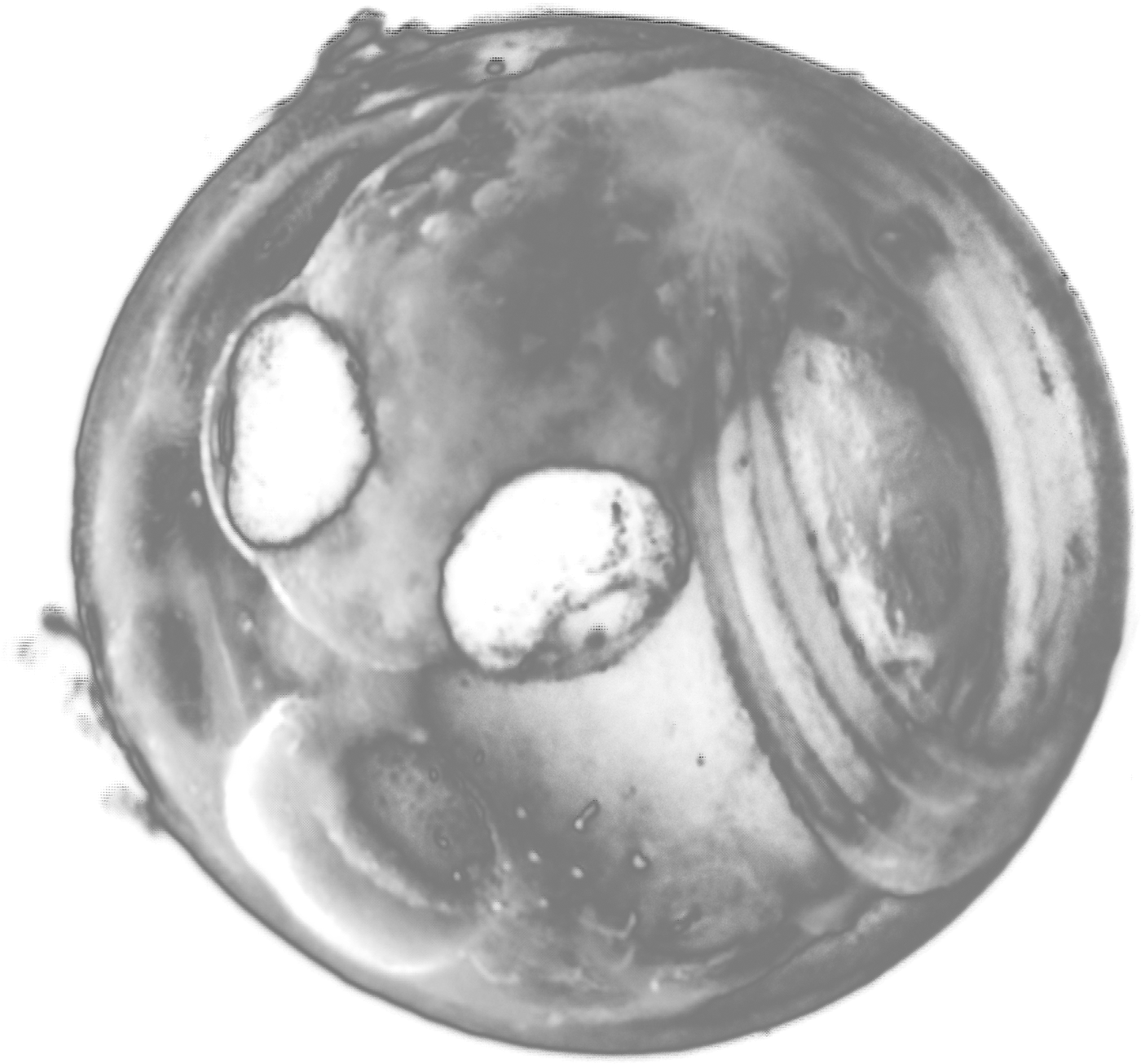2016.04.15
Evolution of plastids with a wall
Prof. Hiroyoshi Takano (Kumamoto University, Japan)
2016. 04. 15 (Fri) 13:15 ~ 14:30
Conf. Room, Myodaiji (111)
Lab. Evol. Biol. Mitsuyasu Hasebe(7546)
The acquisition of two energy-supplying organelles, mitochondria and chloroplasts, were important events in the evolution of eukaryotic cells. It is now widely accepted that an endosymbiotic cyanobacterium evolved into the plastids (chloroplasts). Although free-living bacteria including cyanobacteria typically have peptidoglycan in their cell wall, it is believed that the plastids of green plants lost endosymbiotic peptidoglycan during evolution. However, we revealed that the moss Physcomitrella patens has enough genes to generate peptidoglycan, and single-gene knockouts for these genes show defects in chloroplast division, suggesting that a peptidoglycan system is present in moss chloroplasts. Recently, using a metabolic labeling method with click chemistry, we could visualize plastid peptidoglycan fully surrounding the chloroplasts of the moss. Now, we believe that basal streptophyte plants have chloroplasts with a wall. Evolution of plastids will be discussed with our data on other plant species.







